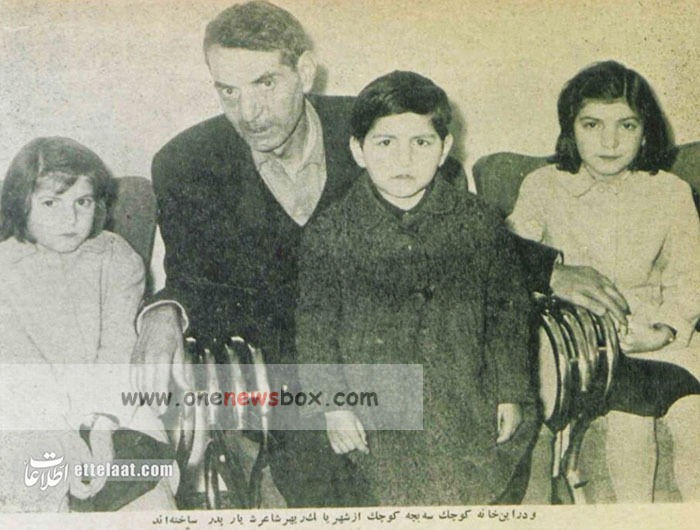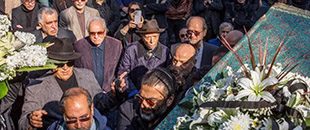Education and Literary Inclinations
After elementary education in Tabriz, Shahriar moved to Tehran in 1911 to pursue further studies at Dar al-Fonun, a prestigious institution that trained the intellectual and political elite of modern Iran. His talent in language, particularly in classical Persian literature, quickly became evident. He was deeply inspired by poets such as Hafez, Saadi, and Ferdowsi, and also by mystic and Shia Islamic teachings, particularly the figure of Imam Ali, who appears as a recurring theme in his ghazals.
He began studying medicine after finishing high school. However, this promising medical career was cut short due to emotional turmoil caused by a failed romance with a woman named Soraya, the daughter of Abdullah Amir Tahmasbi. Their separation affected Shahriar deeply, and the pain of this lost love echoes in many of his poems. Around six months before obtaining his medical doctorate, he left medical school altogether and turned fully to poetry.
Early Career and Literary Recognition
Shahriar’s first collection of poems was published in 1929 with the help of his close friend Abolghasem Shiva under the pen name Shahriyar. The collection attracted attention for its unique combination of lyrical beauty, emotional depth, and spiritual overtones. Shahriar was closely connected to prominent literary and musical figures of his time. In Tehran, he became friends with luminaries such as:
-
Abolhassan Saba (musician and composer)
-
Mohammad Taghi Bahar (Malek-o-Sho’ara)
-
Iraj Mirza (satirical poet)
-
Aref Qazvini (revolutionary poet)
Later in life, Shahriar was also associated with Nima Youshij, the father of modern Persian poetry, and Houshang Ebtehaj, among others. Though he admired Nima’s literary innovations, Shahriar remained a traditionalist in form, especially in his Persian poetry.

